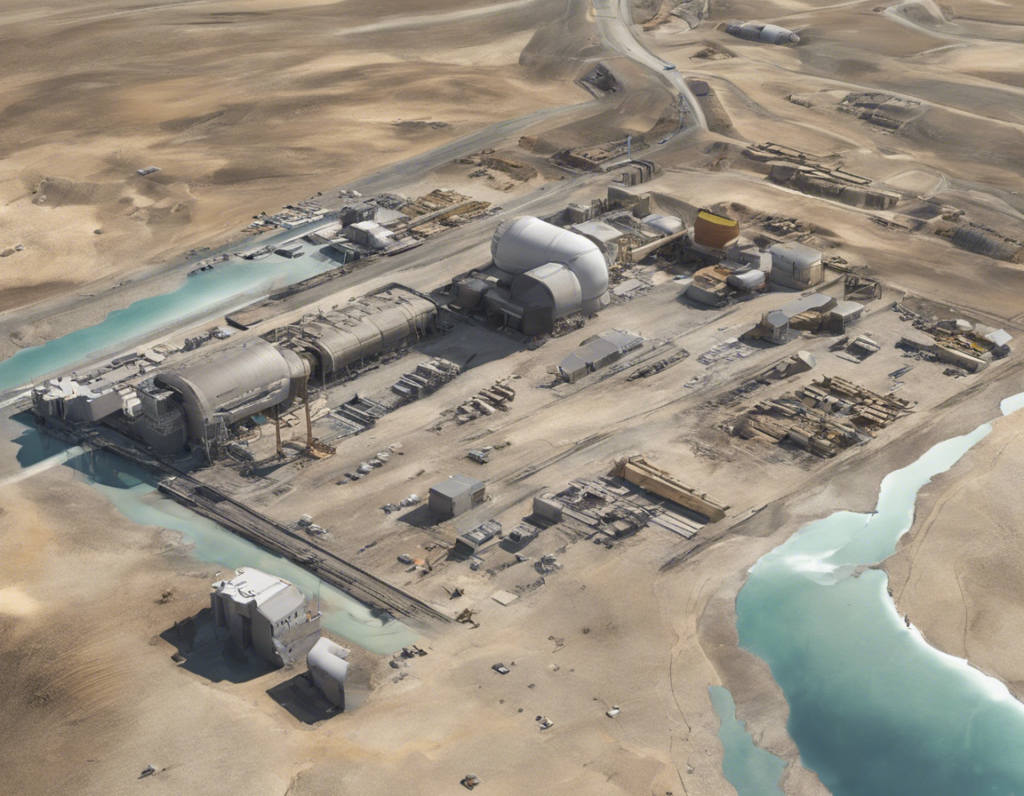Introduction
In July 2021, the Yamillca pipeline leak in Peru made headlines, drawing attention to the environmental and social consequences of such incidents. The spill occurred in the Amazon rainforest, releasing thousands of barrels of crude oil into the rivers and surrounding areas. The repercussions of this disaster have been far-reaching, affecting not only the ecosystem but also the livelihoods of indigenous communities and the economy of the region. In this article, we will delve into the impact of the Yamillca leak, exploring its ramifications on the environment, communities, and the efforts needed for recovery and prevention.
Environmental Impact
The environmental impact of the Yamillca leak has been devastating, with the spill contaminating water sources, soil, and vegetation in the Amazon rainforest. The crude oil released into the rivers has led to widespread pollution, affecting aquatic life and biodiversity. Oil spills can have long-lasting effects on ecosystems, disrupting the food chain and causing harm to plant and animal species. In the case of the Yamillca leak, the delicate balance of the rainforest has been thrown off, leading to concerns about the long-term health of the region’s biodiversity.
- The contamination of water sources has raised health concerns for both wildlife and human populations that depend on these rivers for drinking water and fishing.
- Oil spills can also have a significant impact on air quality, as the volatile compounds released from the oil can contribute to air pollution and respiratory problems for both humans and animals.
Social and Economic Impact
The Yamillca leak has had a profound impact on the indigenous communities living in the affected area. Many of these communities depend on the rivers and forests for their livelihoods, relying on fishing, agriculture, and traditional practices for sustenance. The contamination of their environment has threatened their way of life, leaving them without clean water, food, and a safe living environment.
- The loss of biodiversity due to the oil spill can also have economic repercussions, as the region’s rich natural resources may no longer be able to support industries such as ecotourism.
- The cleanup and recovery efforts following the spill can also strain local resources and government budgets, diverting funds from other essential services and development projects.
Recovery and Prevention Efforts
In the wake of the Yamillca leak, efforts have been made to clean up the spill and mitigate its effects on the environment and communities. However, recovery from such disasters can be a long and arduous process, requiring coordination between government agencies, NGOs, and local communities.
- Cleanup efforts involve the removal of contaminated soil and vegetation, as well as the treatment of polluted water sources to restore them to their pre-spill condition.
- Monitoring of the affected area is essential to ensure that any lingering effects of the spill are promptly addressed and to prevent further contamination of the environment.
- Prevention measures, such as stricter regulations for pipeline maintenance and monitoring, are crucial to avoiding similar incidents in the future. Companies operating pipelines must be held accountable for the safety of their infrastructure and the protection of the environment.
Conclusion
The Yamillca leak serves as a stark reminder of the potential consequences of environmental disasters, highlighting the need for greater vigilance and accountability in the management of natural resources. The impact of such incidents extends beyond immediate environmental damage, affecting the lives and livelihoods of communities that depend on these ecosystems for their survival. By addressing the root causes of oil spills and investing in proactive measures for prevention and response, we can work towards a more sustainable future for both the environment and the people who inhabit it.
FAQs
-
What caused the Yamillca pipeline leak?
The Yamillca pipeline leak was reportedly caused by a rupture in the pipeline, possibly due to corrosion or structural damage. -
How long will it take to clean up the spill?
The cleanup process can vary depending on the extent of the contamination and the resources available for response. It may take months to years to fully restore the affected area. -
Are there any long-term health risks associated with the oil spill?
Exposure to crude oil and its byproducts can pose health risks, including respiratory issues, skin irritation, and long-term effects on the ecosystem and food chain. -
What measures can be taken to prevent future oil spills?
Regular inspection and maintenance of pipelines, use of advanced monitoring technology, and implementation of strict regulations and safety protocols are key to preventing oil spills. -
How can the affected communities be supported in the aftermath of the spill?
Providing access to clean water, healthcare services, and economic opportunities can help support the affected communities in rebuilding their lives and livelihoods after an oil spill.
